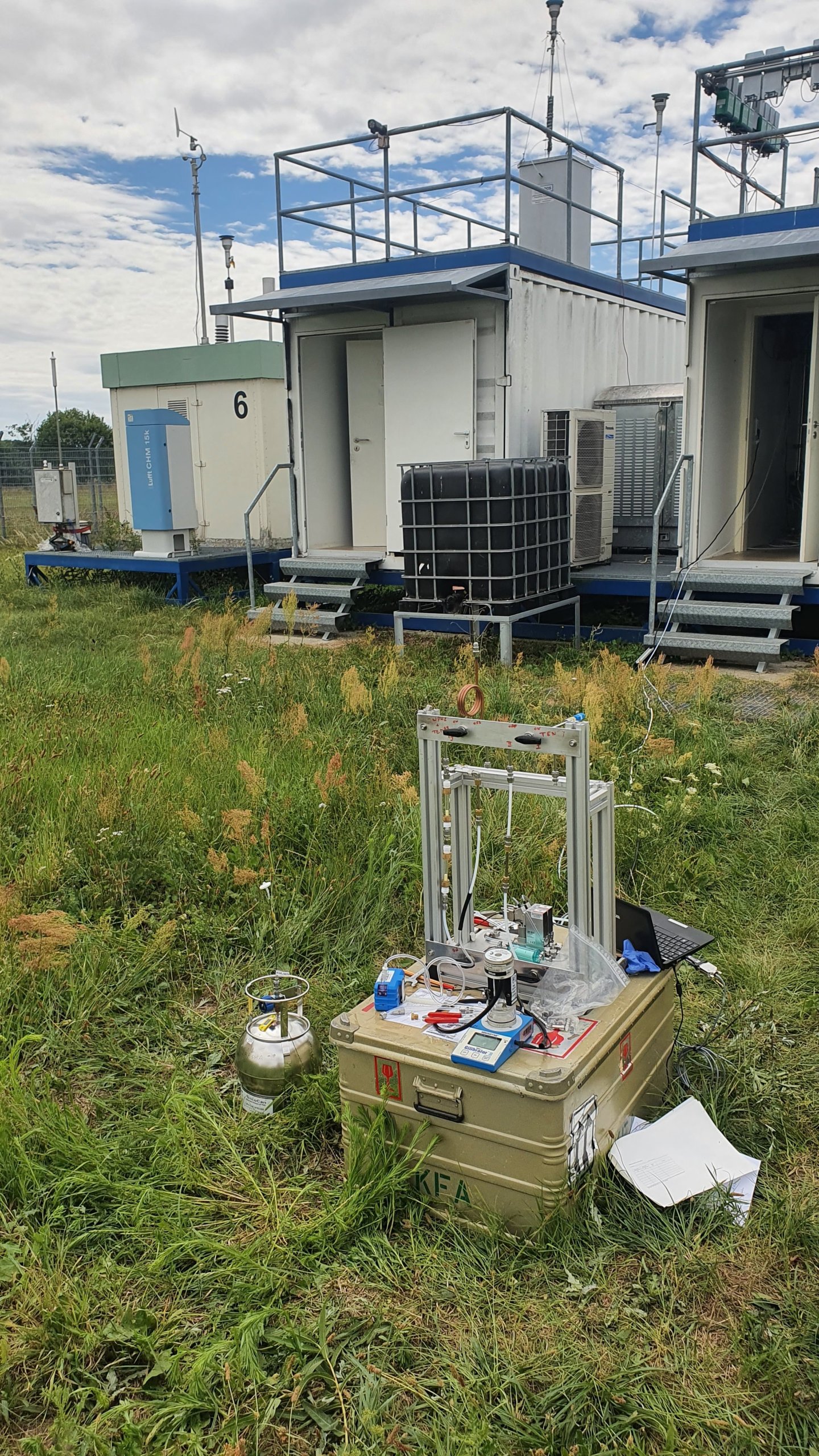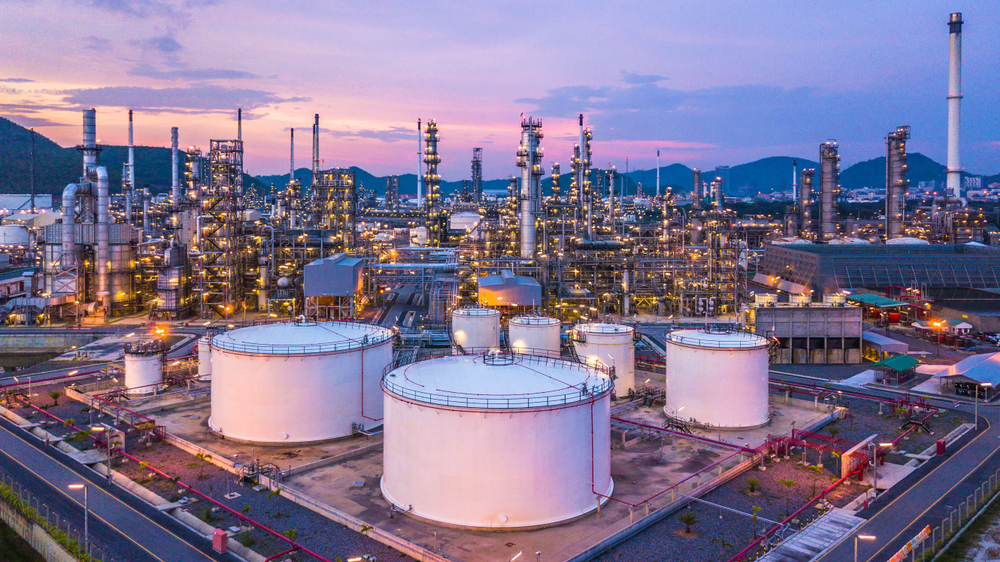Air Quality
VOC Inventories
Our ESIG solvents inventories, updated with 2022 data, are now available! The trend observed in previous years continues, with solvents’ volatile organic compound (VOC) emissions remaining stable.
Solvent VOC emissions have decreased by almost 50% due to technical advancements in recent decades and have now reached a stable state. Solvents are used in applications where they are necessary and employed as efficiently as possible to prevent the release of non-methane volatile organic compounds (NMVOCs). Solvents play a crucial role in various processes and products, fulfilling essential functions.
Upcoming EMEP / NILU Intensive Measurement Period (IMP) on VOC in 2024
Results from the IMP-2022 are currently being processed for publication, with preliminary plots and information available at the TFMM web page.
The focus areas for the IMP-2024 are:
- Speciated VOC emissions. To address knowledge gaps in speciated VOC emissions, we will focus on measurements near emission sources, notably industrial and urban sites, including harbors. We also aim to include regional (EMEP/ACTRIS) sites in proximity, preferably twin sites, wherever feasible.
- Enhanced temporal resolution. Acknowledging the varying lifetimes and evaporation potential of VOCs, our priority is high temporal resolution over extensive spatial coverage. We want to increase the number of high-resolution measurements compared to IMP-2022. Furthermore, we will complement automated methods with manual sampling at selected sites to attain detailed specifications.
- Extended duration. In contrast to the one-week period of IMP-2022, IMP-2024 will span an entire month. This extended timeframe will enable us to better capture variations in emissions and facilitate comparisons with model calculations.
The European Monitoring and Evaluation Programme (EMEP) and NILU Institute confirmed that a new Intensive Measurement Period (IMP) in 2024 focusing on volatile organic compounds (VOCs). This follows the successful IMP in the summer of 2022, where over a hundred different VOCs and organic tracers were measured at 27 sites across Europe for one week during a heatwave with high ozone levels.
What’s in for VOC emissions in the Gothenburg Protocol review?
New European Coatings Journal’s article explains
The latest issue of the European Coatings Journal provides an insightful analysis of solvent VOC emissions, focusing on key trends and upcoming regulatory changes under the Gothenburg Protocol.
Cornelia Tietz, former ESIG Senior Sector Group Manager, authored an article reviewing the Gothenburg Protocol and VOC emissions. This article was featured in the May 2024 edition of the European Coatings Journal and also appeared in the German Coatings Journal last year.
The article highlights the efforts of the European Solvents Industry Group (ESIG) to reduce non-methane volatile organic compounds (NMVOCs) and addresses recent advancements and ongoing challenges.
The Convention on Long-Range Transboundary Air Pollution (LRTAP) is a critical international framework aimed at reducing air pollution. It includes 51 countries from the UNECE region, such as EU member states, Canada, the United States, Russia, and several Central Asian countries. The Gothenburg Protocol is a vital part of this agreement.


